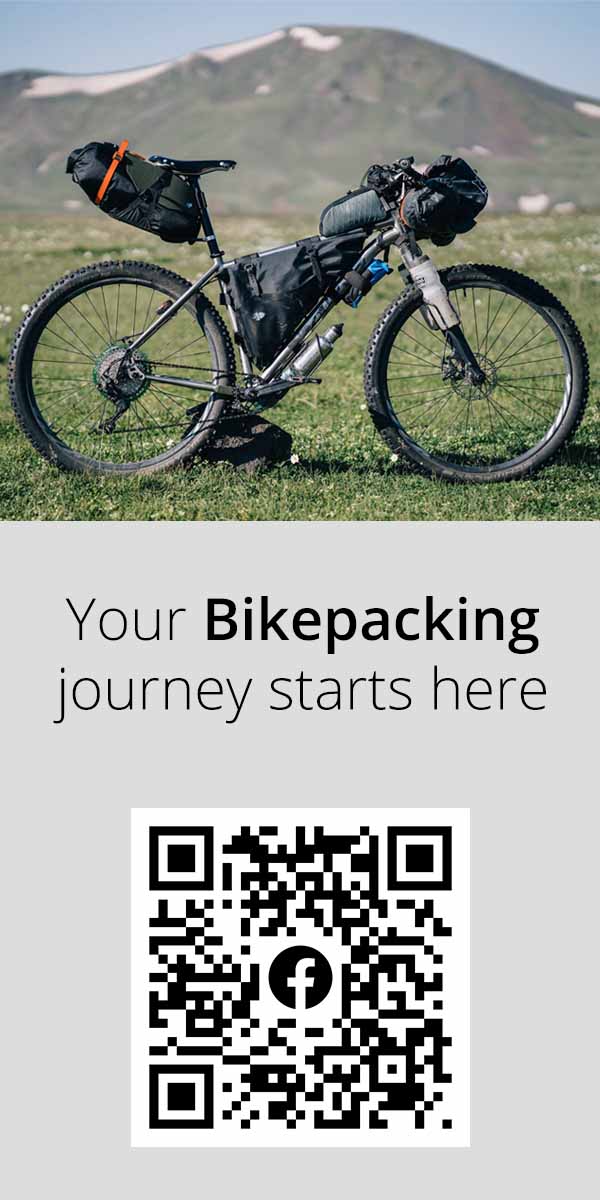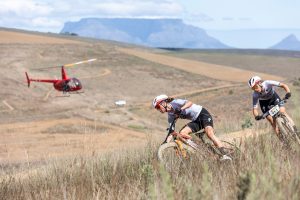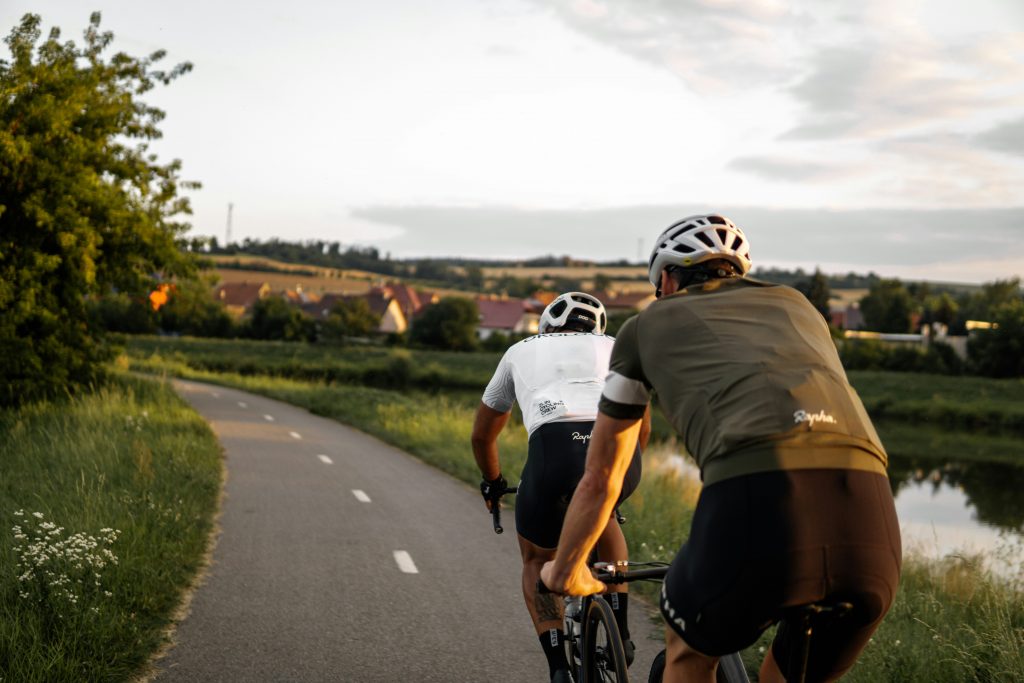Mountain Biking is Best Enjoyed in the Harsher Months
As the weather begins to turn as we approach the winter months, more often than not our bikes go through a period of hibernation, not to be retrieved until the days become longer and warmer.
Wintry weather, however, presents the adventurous with an exciting diversification of terrains. Mountain biking is tailor made for those snowy tracks, slurried trails and sub-zero temperatures, so we’ve come up with a survival guide for those looking to stay active this winter in spite of the notoriously unforgiving great British weather.
If you’re planning on making it a permanent fixture this winter, why not take a look at our list of top mountain biking trails in the UK.
https://www.youtube.com/watch?v=X_pVRwRTLUM
1. Appropriate Clothing is Key
Your first thought may be to layer thick clothing to protect from the bitter temperatures, but this will only restrict you once you get your blood pumping.
Breathability is an absolute necessity – regardless of how cold it may be when you set off, your body will go through a process of thermogenesis and produce heat once you start peddling.
Therefore, breathable clothing such as ultra-lightweight jackets and moisture-wicking thermals are preferable to help regulate your body temperature once you are pushing your body to its limits.
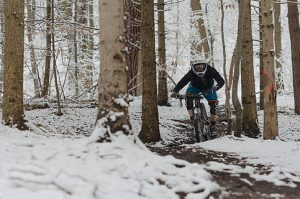
A very important side note, and one you will be thankful for, is always wear gloves. Particularly when temperatures are nearing sub-zero, your hands are constantly exposed to a continuous stream of freezing cold air when they’re placed on the handlebars, and circulation will quickly cease. Invest in a pair of neoprene gloves to keep your hands functional, while things like hats, neck warmers and thicker socks also come in handy when trying to keep out the cold.
2. Bike Preparation
First and foremost, extra care and careful maintenance of your mountain bike after every ride is of particular importance.
The inevitable puddles, mud baths and loose gravel will take its toll on the components of your bike if not properly looked after. Avoid using a pressure washer, and instead use a bucket full of warm water and a sponge/brush; this will be more forgiving on the paintwork and keep smaller components where they are supposed to be.
As well as this, after properly drying your bike, lubricating specific parts with the correct product will increase its performance and life expectancy leaps and bounds; for example, applying wet lube on the chain and lithium grease on headset and bottom bracket.
3. Smooth and Safe Cornering
While the loose terrains make way for a whole lot more fun, there is also the added dangers of losing grip and injuring yourself.
This is most prevalent when attempting to navigate a sharp corner, and frosty and/or muddy trails can throw up nasty surprises that may throw you off your intended path.
With that in mind, try to shift the bike but not your body as you transfer your weight down to the outside foot. This will apply the pressure straight down onto the tyres and reduce the risk of slipping as you come round the turn.
While it may be tempting to maintain a constant speed, cornering in the winter is all about being smooth. Make sure to take your time entering a turn, do most of the braking before attempting to lean the bike and don’t make any sudden twists of the handlebars – this will likely send you into an uncontrollable skid.
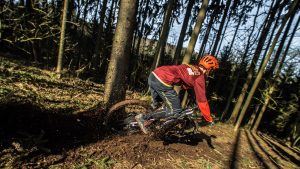
4. Nutrition and Hydration
While nutrition and hydration are always key to any taxing form of exercise, there are certain things to be mindful of in harsher conditions.
Colder conditions means your body is likely to burn calories quicker and more frequently to maintain a certain level of performance, which is why foods rich is healthy fats and protein are a perfect choice.
Things such as nuts, chocolate and even preserved snacks such as beef jerky are perfect to pack in your go-bag, while a nutrient rich breakfast such as eggs and fruit will keep your energy levels high.
As for water, colder conditions do somewhat hinder the body’s thirst response. Therefore, taking small sips at regular intervals is necessary, even if you don’t feel the need to. Maintaining hydration will help to keep a mental focus and eliminate the risk of muscle cramps, which are a very likely possibility when trudging through thick mud and tackling steep climbs.











